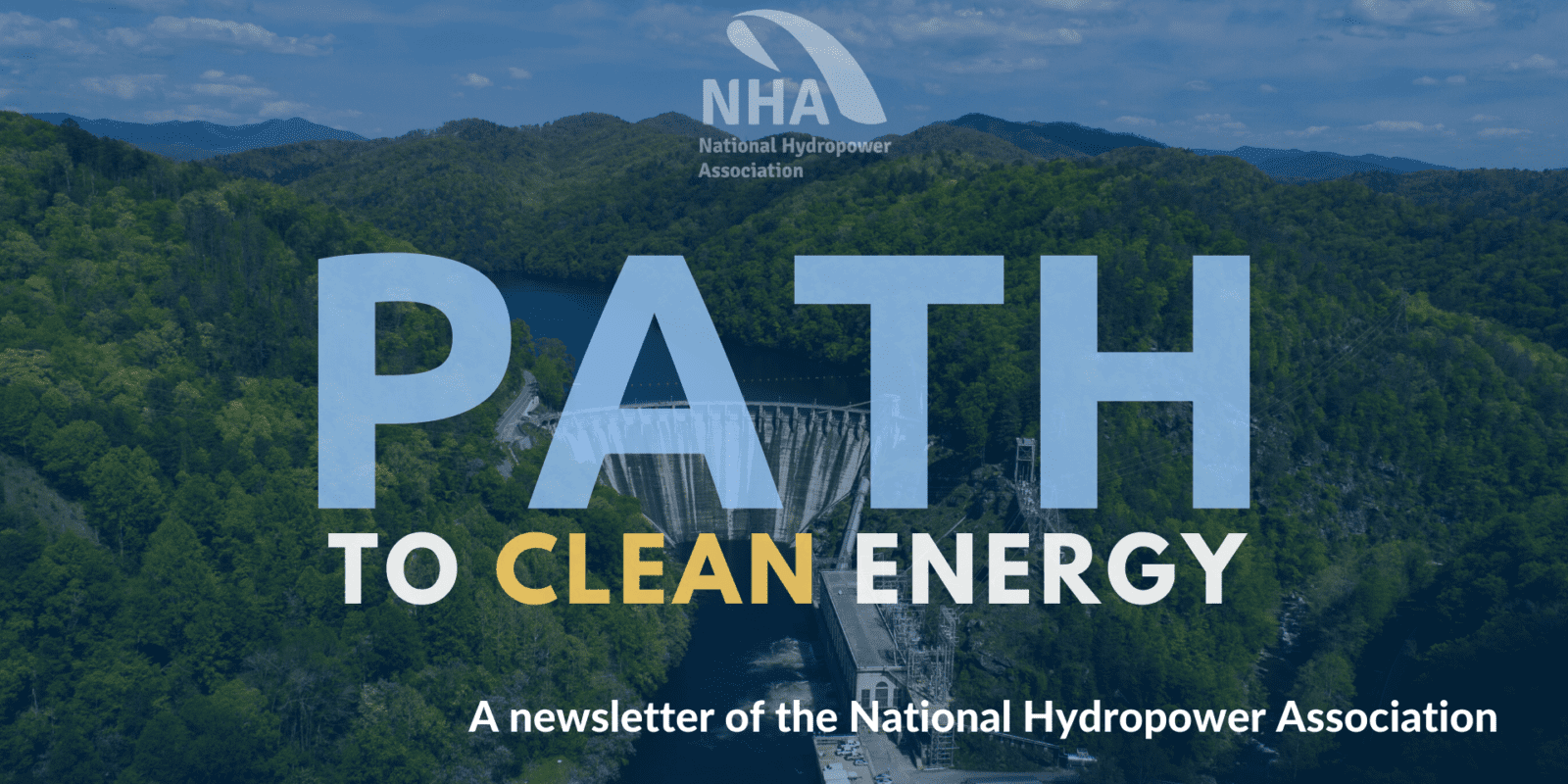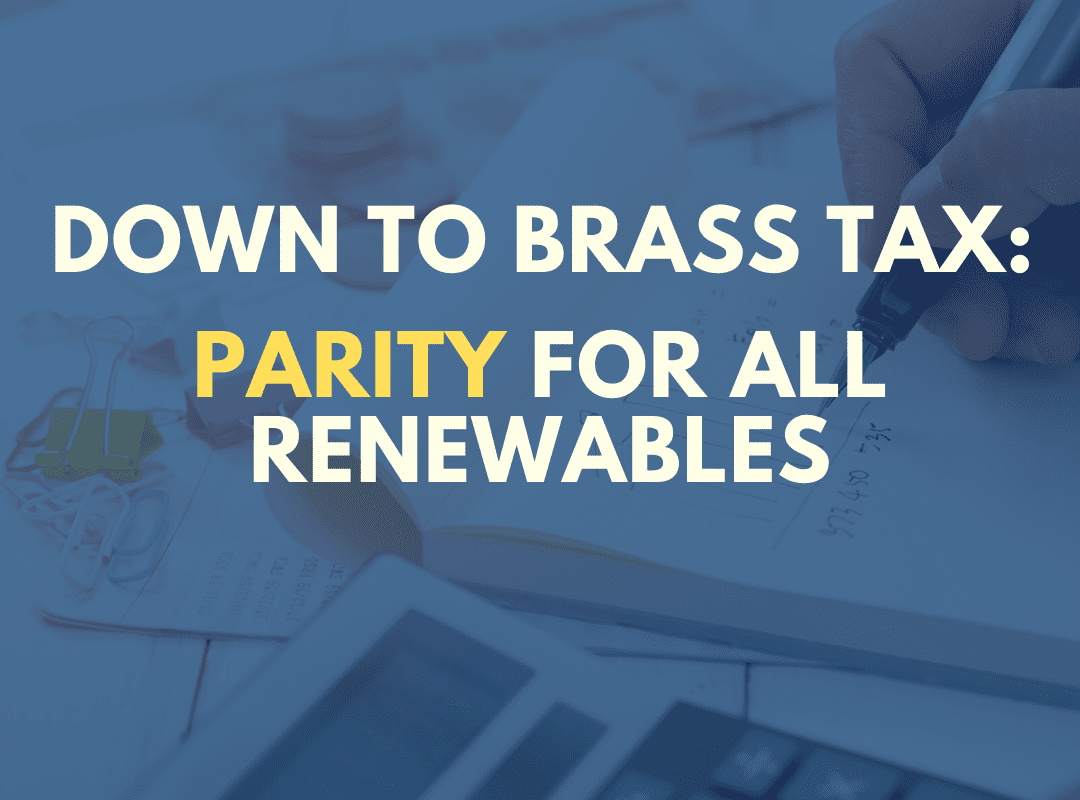

Down to Brass Tax: Parity for All Renewables
Tax incentives have historically been used as the primary federal policy tool to accelerate the deployment of clean energy. For years, hydropower has had a significant competitive economic disadvantage as incentives like the Production Tax Credit and Investment Tax Credit often applied only to other zero-carbon technologies like wind and solar. Even when tax incentives were in place for hydropower, the credit was a fraction of what the other technologies received and the timing was out of step with hydropower’s longer construction and permitting cycle.
In the eyes of investors who are seeking clarity and certainty, tax credits provide a predictable market signal for project development, which in turn leverages private investment and promotes job creation and local economic benefits across the country.
The potential, for example, to develop new facilities on existing dams is great, but such projects are often highly capital intensive. A new pumped storage project can cost well over $1 billion. If hydropower is going to play a large role in helping to decarbonize the electric grid, tax policy that accommodates the longer development lead times for projects is needed.
As an industry, we welcome tax policies that provide parity across all technologies, which will attract substantial private investment and foster job growth and local economic benefits around the country. We support extending start construction and safe harbor deadlines to qualify for renewable tax credits to mitigate pandemic-related delays, and making renewable credits eligible for direct pay to encourage their monetization.
Furthermore, we support direct pay tax credits for stand-alone energy storage to stimulate renewable growth and help protect the more resilient grid we need, particularly in these challenging times.
Path to Clean Energy Vol 1
In this Issue…
-
The New England Electrical Blackout That Never Happened
-
In the face of COVID-19, Hydropower Operators Go Above and Beyond
-
Wait, What? Pumped Storage is More Affordable Than Batteries?
-
Decarbonizing America’s Grid: Umm, Not Without Hydropower…
-
Down to Brass Tax: Parity for All Renewables
-
What’s in the Hydropower Development Pipeline
-
California Sees Pumped Storage Hydropower as Key to Meeting Clean Energy Goals



